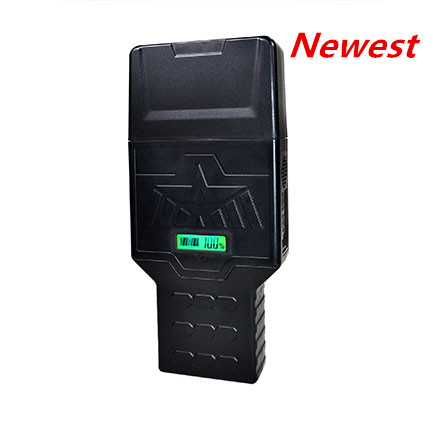How many on-board frequency jammers are needed for fleet safety? This question plagues those who are responsible for transporting their fleet from one place to another. In many countries, the threat of RCIED weapons (also called roadside bombs) is high. frequency jammer is a solution to the threat of roadside bombs; but some knowledge about RCIED failure is required.

Since the late 1970s, we have had experience in countering remote-controlled weapons and introduced a series of bomb attacks. Our current bomb jammer series can withstand the current threat of radio-activated weapons. We install IED jammers in many countries.
At home, we can explain the working principle of our fleet protection solution. Our professional RF technical team members can outline the defensive capabilities of small, medium and large vehicles in the fleet. These people use frequency interference series IED jammers to prevent radio detonators from receiving their commanded knock signals.
What does the security assessment involve? Those who seek our advice either come to our office for consultation, our factory for demonstration, or bring a head of RF technical team to the country to seek electronic warfare defense technology in order to conduct an on-site review of the area. There, we can explain what is involved during RF jamming operations in a fleet scenario, the advantages of our technology, and the limitations of RF interoperability in other radio communication telemetry.
Our extensive knowledge of the subject of RF interference is helpful for those who have little understanding of what is involved in fleet protection operations. We can explain in basic terms how our systems work, how they work, they work well, and what happens when RF interference starts.